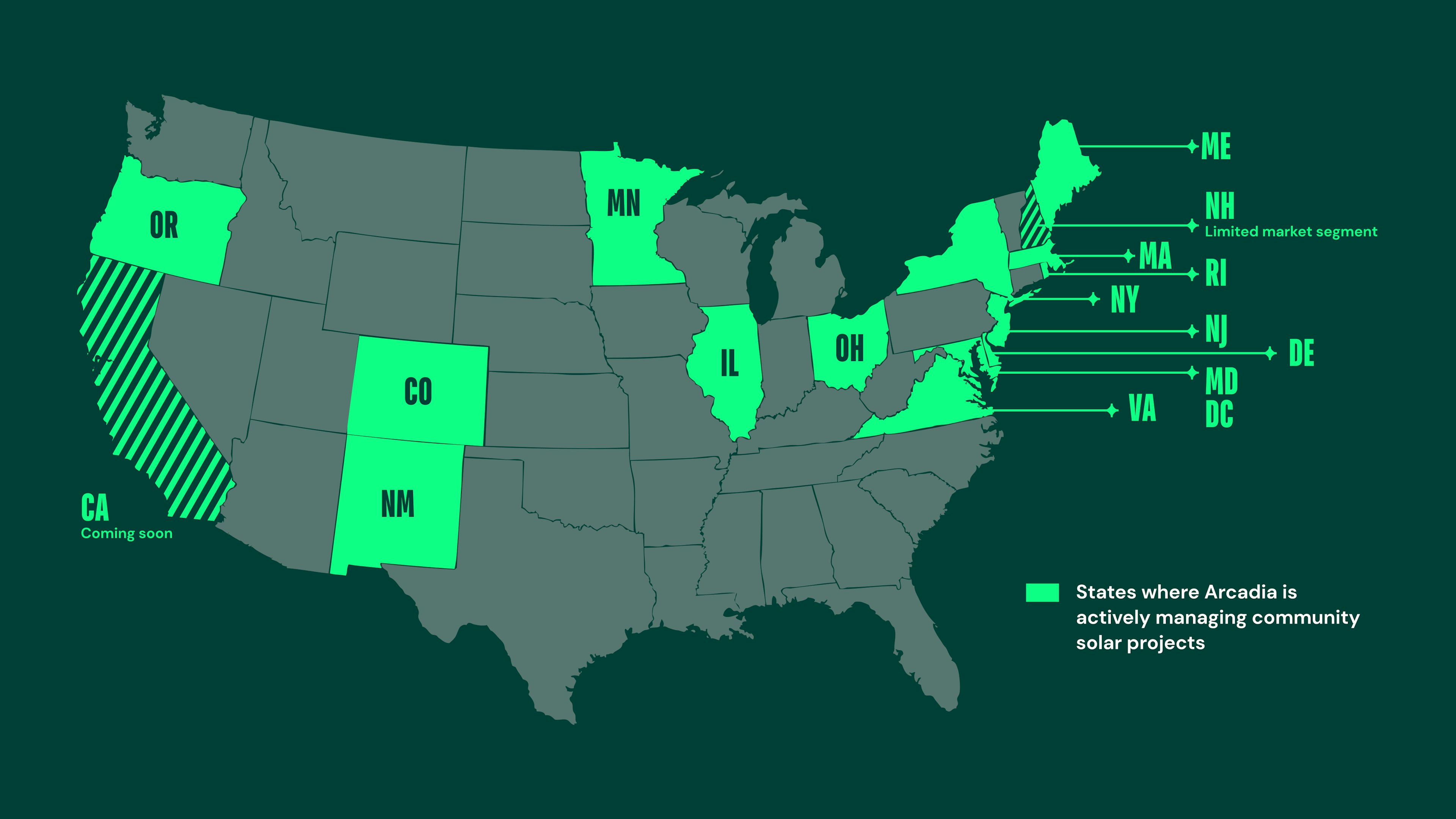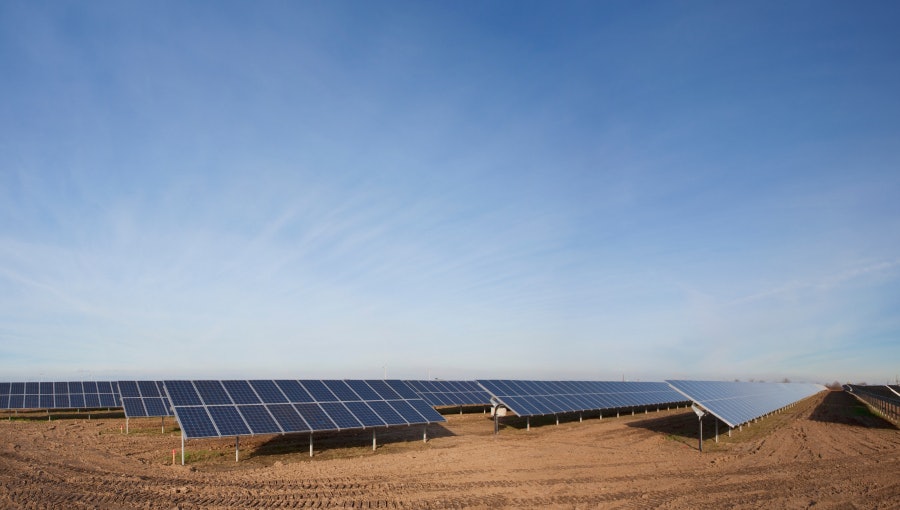What the Inflation Reduction Act's incentives mean for you

The Inflation Reduction Act (IRA) aims to lower energy costs, build a clean energy economy, and reduce harmful pollution. The act, signed by President Joe Biden in August 2022, includes $369 billion dedicated to “Energy Security and Climate Change,” making the IRA the single most significant climate investment in history.
While this climate investment sounds great for fighting climate change, you’re probably thinking: “Well, how does all of this actually affect me?”
The IRA will help millions of Americans cut carbon pollution, curb the use of fossil fuels, and pay less on energy bills, but let’s dig deeper into the various financial provisions included in the IRA that could affect your everyday life.
Make money and help the planet (at the same time)
We spend most of our time at home and at work, so it makes sense that several IRA programs aim to improve the energy efficiency of our homes, work buildings, retail stores, and more.
Home Efficiency Rebates and Home Electrification and Appliance Rebates
The Home Energy Performance-Based, Whole-House Rebates Program (HOMES), which is not income restricted, provides rebates for energy-saving retrofits in single-family and multi-family buildings. The High Efficiency Electric Home Rebate Act (HEEHRA) provides rebates for low- to moderate-income households to install everything from electricity-efficient appliances to energy savings upgrades. These rebates will be accessible to households through state energy offices (and their designees) and tribal communities. With these programs in place, a low-income household could get a refund covering the entire heat pump installation cost (up to $8,000), while a moderate-income household could receive reimbursements to cover 50% of the costs.
Energy Efficient Home Improvement credit
Ready to make your home as green as possible? The Energy Efficient Home Improvement credit supports Americans in going green by deducting 30% from their taxes to cover the cost of home energy efficiency upgrades. These efficiency upgrades include installing insulation, heat pumps, and breaker boxes to take on even more electricity.
Commercial Buildings Energy Efficient credit
If you own a commercial building, listen up! For businesses that achieve 25% to 50% of reductions in energy use over existing building performance standards, the Commercial Buildings Energy Efficient credit provides $2.50 to $5.00 per square foot of your business.
Solar and electric use are the new ways to save
The IRA includes various acts and credits that aim to increase our use of electric vehicles (EVs) and solar power. Here are the incentives that will entice everyday Americans to change their vehicle choice and energy use.
Residential Clean Energy credit
Currently, around 2.8% of electricity produced in the US is powered by solar. The Residential Clean Energy credit (25D) is here to increase that number. This credit will enable households that install solar panels to deduct 30% of installation cost from taxes. The IRA also includes a 10-year tax extension of the investment tax credit (ITC) for both rooftop and community solar. While solar panels may not be an option for everyone, joining a community solar program would allow similar cost-saving benefits while still moving away from using non-renewable resources.
Clean Vehicle credit
Using an EV costs $1 per gallon, which is far more affordable than gas-engine cars. And owning an EV will be even more affordable with the Clean Vehicle credit (30D), which provides $7,500 in credits for purchasing new EVs and $4,000 for used EVs. With financial IRA incentives on top of additional fuel savings, EVs could become the default choice for Americans.
Supporting our communities
The IRA has ensured that when we talk about fighting climate change, we know that all communities can benefit from financial incentives. Here are the programs that aim to lift up underprivileged communities.
Environmental and Climate Justice Block Grants
The fastest way to a healthier planet is to ensure everyone can get involved. The Environmental and Climate Justice Block Grants program does just that, providing $3 billion towards helping disadvantaged communities avoid extreme heat, reduce greenhouse gasses, and eliminate indoor air pollution.
Greenhouse Gas Reduction Fund
To give everyone a chance to leverage new and innovative green tech, the Greenhouse Gas Reduction Fund provides $27 billion to support low-income and disadvantaged communities with zero-emission technologies and greenhouse gas pollution resources through grants and financing.
Improving Energy Efficiency and Water Efficiency Act
Good news for affordable housing! The Climate Resilience in Affordable Housing (or Improving Energy Efficiency and Water Efficiency) program provides $1 billion for upgrading existing projects, helping the acceleration of building electrification and increasing water and energy efficiency.
Zero Building Energy Code Adoption
The Zero Building Energy Code Adoption provision enables Americans to work and live in zero-emission buildings. With this program providing $1 billion towards helping buildings and homes meet the highest energy efficiency standards, more people can minimize energy bills while increasing health and safety.
Let’s learn how to fight climate change
With the IRA providing financial incentives, more people will feel like they have the means and opportunity to make our planet healthier and safer. Passing this act is monumental, but it’s just a first step. Now, state governments, businesses, and families need to push this step forward by acting on the IRA’s benefits.
In the race to electrify everything, education is a crucial accelerator. That’s one of the many reasons Arcadia is excited to join Rewiring America in an electric education initiative announced by Vice President Harris.
Together with all-star companies like Airbnb, Redfin, and Lyft, we’ll help over 10 million households understand how to better take advantage of the electric benefits in the IRA.
To learn more about the various ways you can help fight climate change, check out our blog “What’s next for climate tech in 2023” to learn five key trends and changes that will make waves in climate tech this year.


